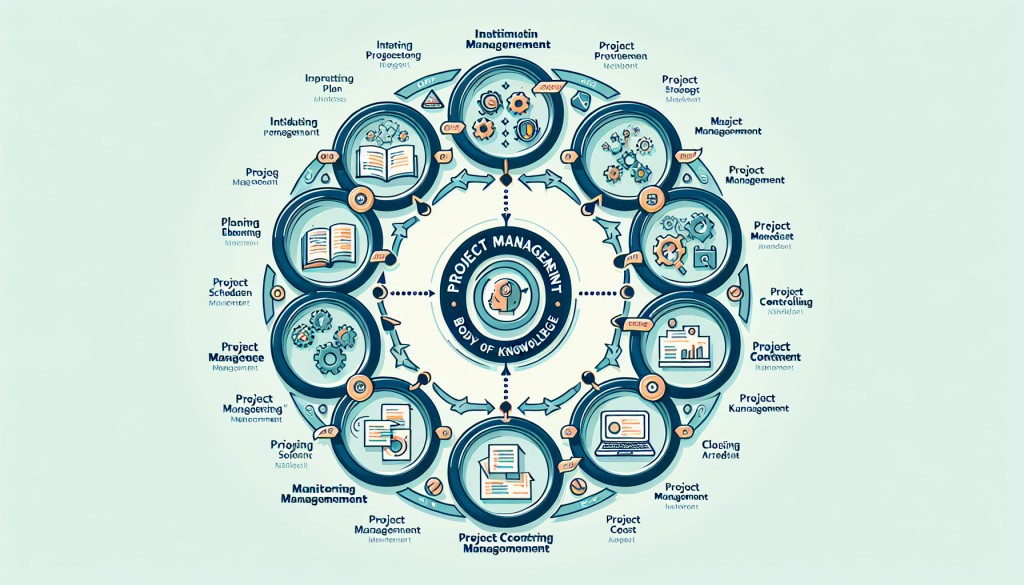Breaking Down PMBOK: A Comprehensive Overview
The Project Management Body of Knowledge, or PMBOK for short, is a widely recognized guide that outlines best practices and standards for project management. In this essay, we will delve into the intricacies of PMBOK and explore its various components.
One of the key aspects of PMBOK is its structured approach to project management. It breaks down the entire project lifecycle into five process groups: initiating, planning, executing, monitoring and controlling, and closing. Each process group consists of several processes that must be carried out in a systematic manner to ensure project success.
Furthermore, PMBOK also outlines ten knowledge areas that project managers must be proficient in. The Future of Project Management: PMBOK Trends in 2025 . These knowledge areas cover a wide range of topics, including scope management, time management, cost management, quality management, risk management, and stakeholder management. By mastering these knowledge areas, project managers can effectively plan, execute, and monitor their projects.

In addition to process groups and knowledge areas, PMBOK also emphasizes the importance of project management tools and techniques. These tools and techniques help project managers to effectively manage resources, communicate with stakeholders, and monitor project progress. By leveraging these tools and techniques, project managers can streamline their project management processes and improve overall project performance.
Overall, PMBOK provides a comprehensive overview of project management best practices and standards. By following its guidelines, project managers can increase the likelihood of project success and deliver results that meet or exceed stakeholder expectations. Whether you are a seasoned project manager or just starting out in the field, understanding and applying PMBOK principles can help you become a more effective and efficient project manager.